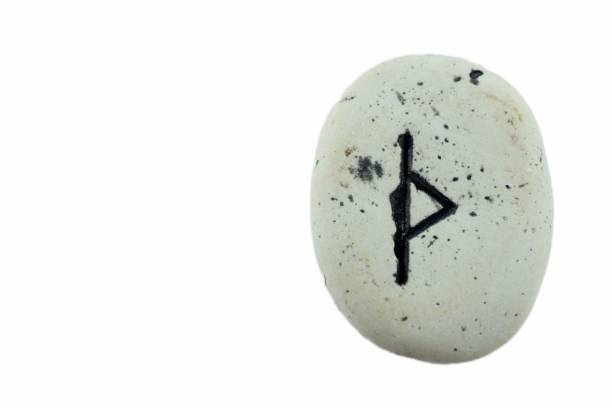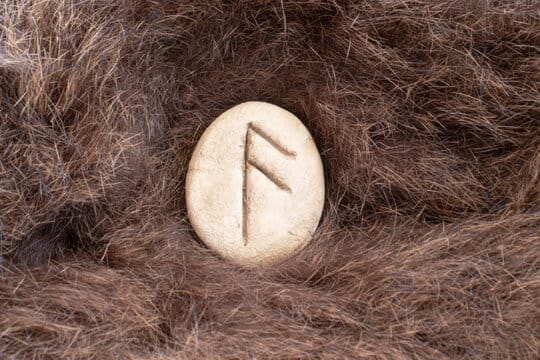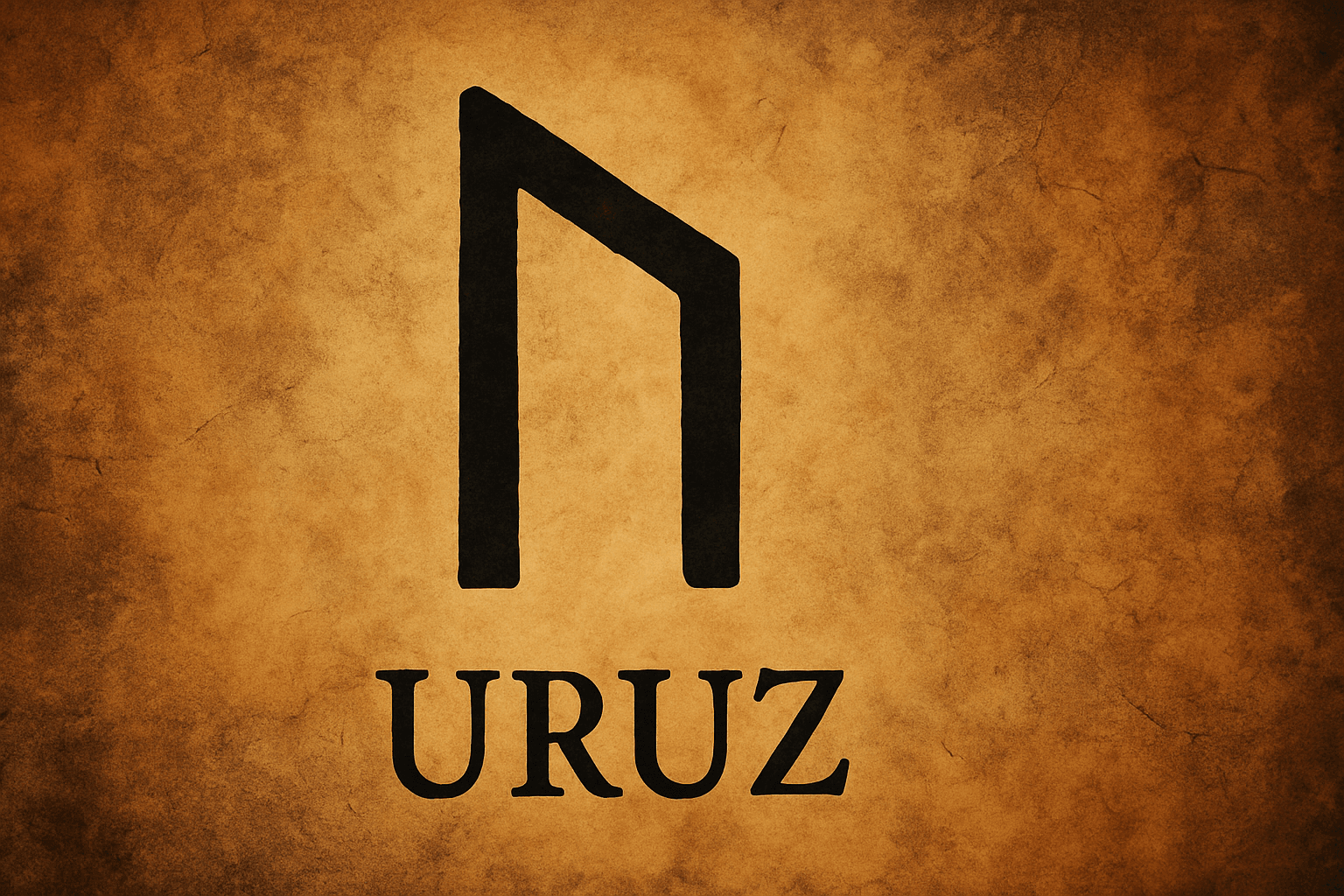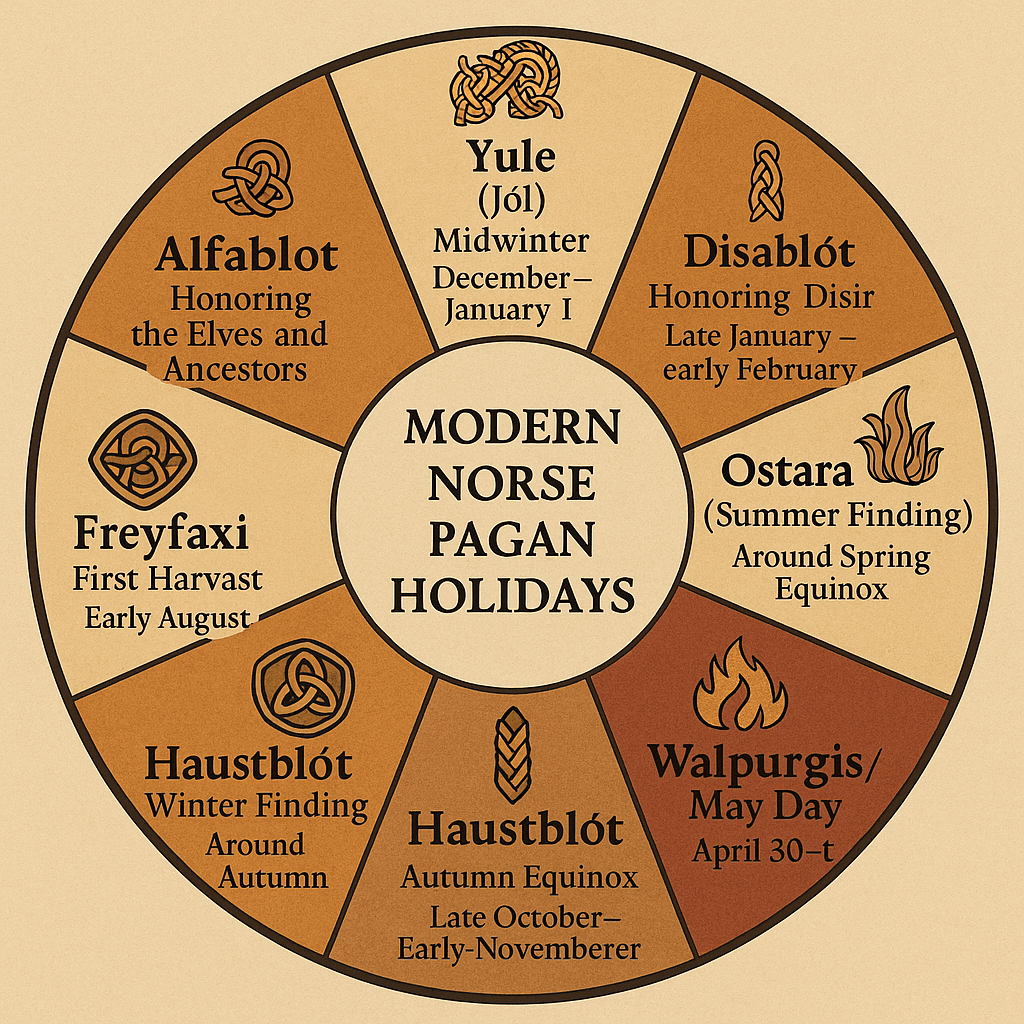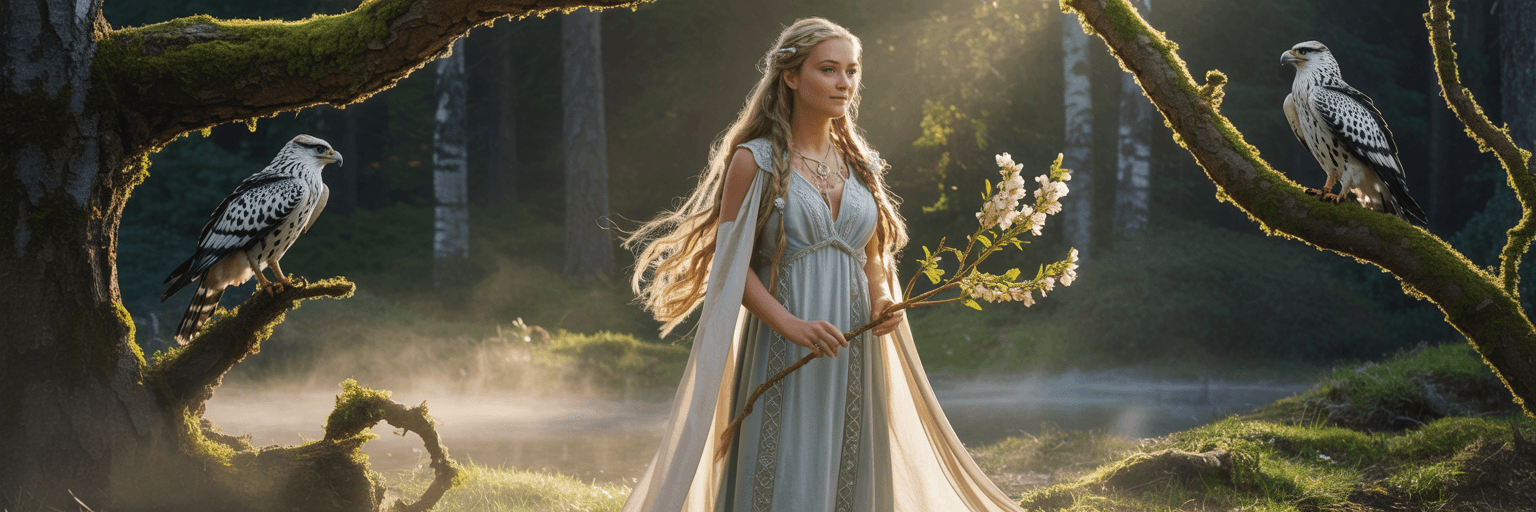Among the runes of the Elder Futhark, Thurisaz stands as a symbol of power, protection, and transformation. Its shape, with its sharp angles and striking appearance, evokes the image of a thorn or a giant’s hammer. Thurisaz is the rune of the Jötnar or giants, beings of primal power and ancient forces. But despite its association with destruction, Thurisaz is not simply a force of chaos. It is a rune of balance—a reminder that power must be controlled and used wisely.
Thurisaz: The Symbol of the Thorn
The name Thurisaz comes from the Old Norse word þurs, meaning giant or thorn. In ancient Norse mythology, the giants were powerful beings, often in conflict with the gods, but also essential to the balance of the cosmos. Just as a thorn can wound and cause pain, Thurisaz represents the force that can both protect and destroy. It embodies the sharpness of a blade or the strike of lightning. When this rune appears, it can indicate that a time of challenge is ahead, but also that you have the strength to meet it.
Thurisaz represents a dual force. It is not purely destructive but is a powerful force of change. This rune can cut through obstacles and clear the path forward, but it requires wisdom to wield. Just as a thorn can be dangerous, Thurisaz reminds us that power must be handled with respect. Misused, it can hurt, but when used wisely, it can bring about transformation and protection.
Protection and Boundaries
Thurisaz is often considered a protective rune. Its sharp nature serves as a warning of potential threats but also as a guardian against those threats. In a reading, Thurisaz may appear to alert you of a danger or an obstacle that needs to be confronted. However, it also offers the strength to face these challenges head-on. When Thurisaz appears, it is a reminder that sometimes, to protect what is important, you must take bold action.
At the same time, Thurisaz is a rune that emphasizes boundaries. Just as a thorn protects the rose from harm, this rune calls you to establish healthy boundaries in your life. It teaches you when to defend yourself, when to stand firm, and when to push back against forces that seek to harm or control you. It is a rune that teaches the importance of knowing your limits and protecting your own space.
Thurisaz in Divination: Confronting Challenges
When Thurisaz appears in a reading, it often signals a time of testing. This rune suggests that challenges are on the horizon, but it also speaks of the tools you possess to face them. Whether the challenge is internal, such as a personal struggle, or external, such as a conflict with others, Thurisaz gives you the strength to push through. It may also point to a need for protection, urging you to prepare yourself and fortify your defenses.
However, Thurisaz is not only a sign of challenges; it also marks a time of transformation. Just as a thorn can cause a wound that leads to healing, this rune suggests that hardship may lead to growth and new understanding. The obstacles you face now are not just for overcoming; they are part of the process of change and evolution. With Thurisaz, you are reminded that growth often comes from facing discomfort and adversity head-on.
Thurisaz and Its Place in the Modern World
In the modern world, Thurisaz holds relevance for those who face challenges and conflicts. Whether dealing with external pressures, such as difficult relationships or workplace challenges, or internal struggles, such as self-doubt or fear, Thurisaz offers guidance. It speaks to the power of confronting challenges, of standing firm, and of protecting your values and boundaries.
This rune reminds us that strength is not simply the ability to avoid hardship, but the courage to face it directly. Thurisaz teaches us that true protection comes not from hiding from danger, but from confronting it with resilience and wisdom. In today’s world, where we often face constant pressure and uncertainty, Thurisaz offers us the reminder that we are stronger than we think and that we have the ability to protect what matters most.
In Conclusion
Thurisaz is a rune of power, protection, and transformation. It is a symbol of the sharpness and strength required to face life’s challenges. Whether you are protecting yourself or confronting obstacles, Thurisaz offers the strength and guidance to navigate those difficult times. Its appearance is a reminder that power can be used for protection and change, and that wisdom is essential in how we wield it. With Thurisaz, you are reminded that, like the thorn, you have the strength to defend and transform yourself and your circumstances.

